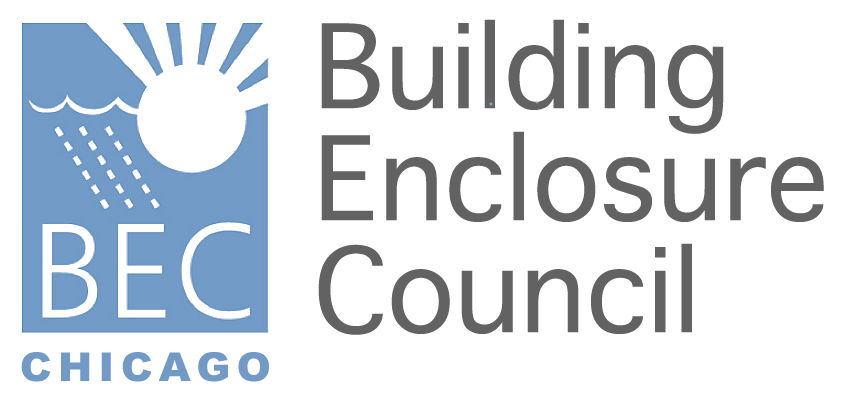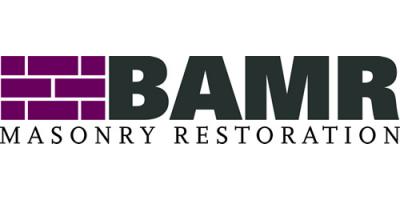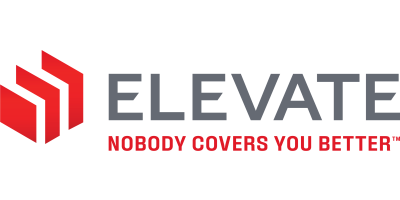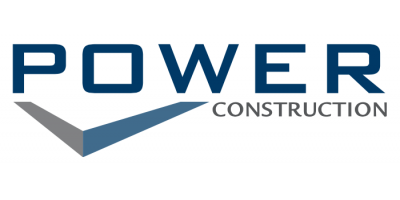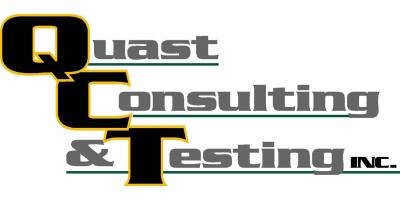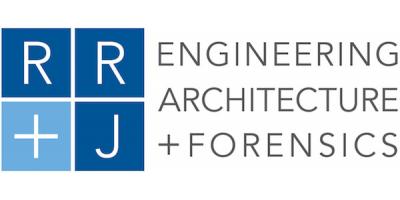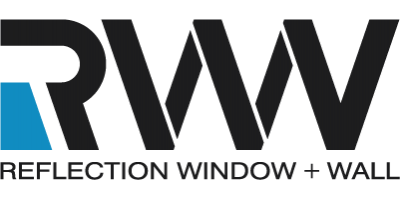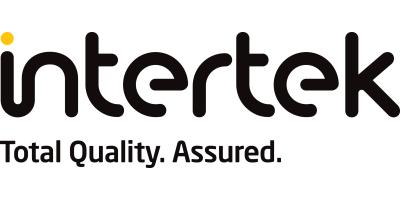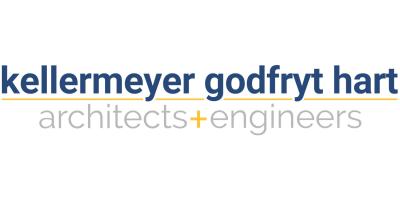| Location | Virtual Meeting via Zoom |
AIA CREDIT: Yes
DESCRIPTION:
For many years now, architects and engineers have regularly used building performance modeling to test various energy improvements. These studies have routinely focused on the reduction of operational energy, which only accounts for one aspect of a building’s carbon emissions. Excluded from these energy analyses are the impacts of both embodied carbon and a project’s local grid emissions factor. With the aim of reducing total carbon emissions, this presentation will demonstrate a design approach for building façades which combines both embodied and operational carbon emissions, thereby basing design choices on total lifecycle carbon emissions.
LEARNING OBJECTIVES:
- Give an overview of Scope 1, 2 , & 3 emissions and Environmental Product Declarations (EPDs), including the Product Category Rules (PCRs) that govern them, Environmental Impact Categories, and lifecycle stages.
- Utilizing a curtain wall system example, show the main elements contributing to a curtain wall’s embodied carbon, including various material benchmarking and the scope of components.
- Demonstrate the impacts that a project’s location and associated energy grid emissions factor has on the lifecycle carbon of a project.
- Highlight ongoing and upcoming ‘Buy Clean’ initiatives/legislation that are (or may) impact facades.
PRESENTER BIO:
Patrick Keeney, AIA, CPHC, LEED AP O+M, is a Senior Associate and Project Manager in Walter P Moore’s Washington DC Diagnostics Group. With more than a decade of experience in high-performance buildings, sustainability, and architectural design, Patrick now specializes in building enclosures. Having extensive experience with building simulations, environmental analyses, and building science, he brings a performance-based decision-making process to each project. He is a licensed Architect and a Certified Passive House Consultant (CPHC). Patrick recently relocated from Chicago where he spent the past eight years of his career. The majority of those years were spent with Adrian Smith + Gordon Gill Architecture as a Senior Technical Architect.
VIRTUAL MEETING REGISTRATION & LOGIN INFORMATION:
For BEC Chicago members, an invite with REGISTRATION LINK will be sent out approximately 7 to 10 days in advance of event. After registration, a confirmation email with LOG IN INFORMATION with be sent for the virtual meeting that will be hosted through ZOOM. For non-BEC Chicago members interested in attending, you may contact Jeff Diqui at jdiqui@imiweb.org to request an invite. The invitation will include a REGISTRATION LINK.
- © 2006 – 2022 BEC-Chicago
- Phot
